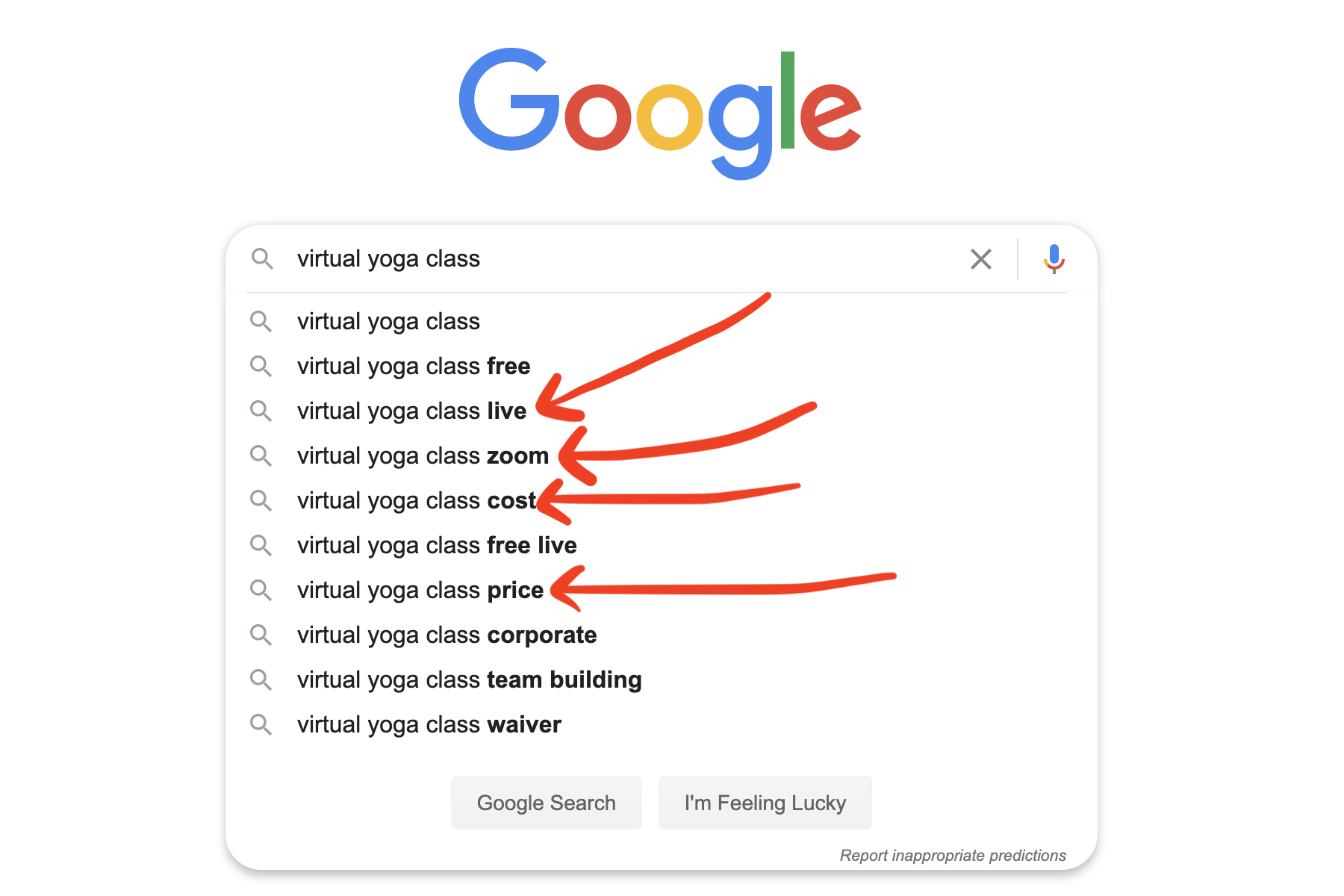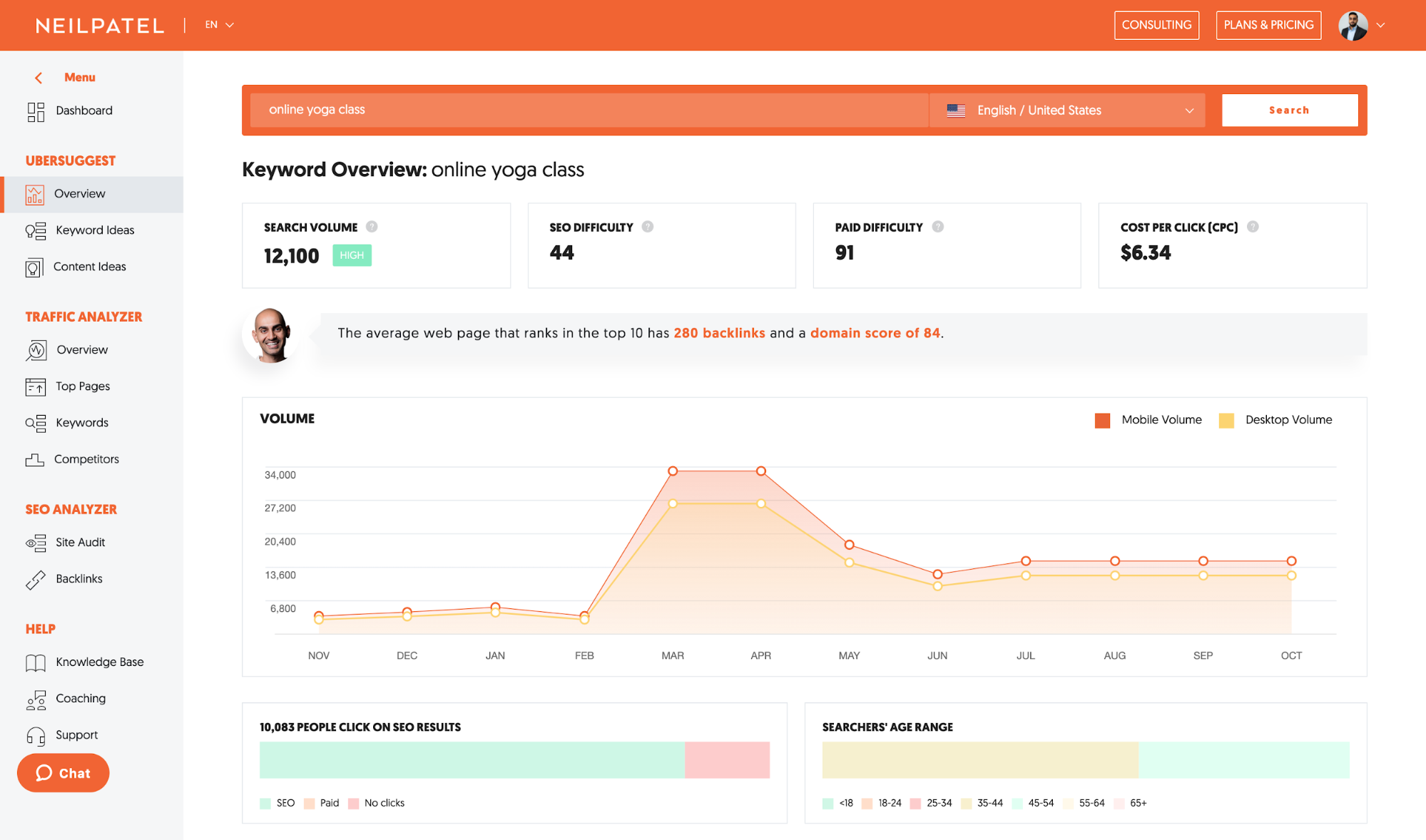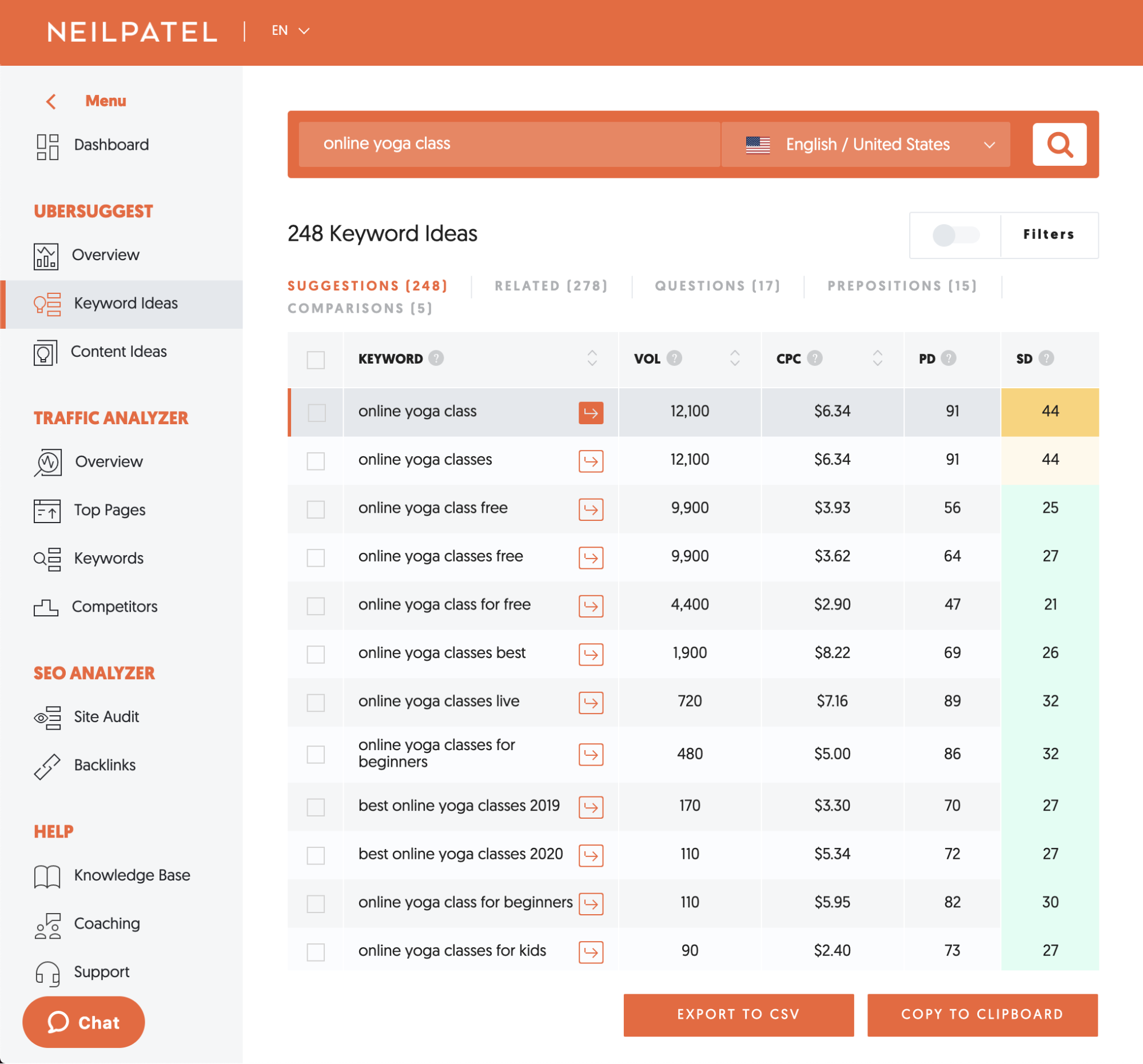5 Steps for SEO Keyword Research for Beginners
Stressed about launching a new website? If you want to attract the attention of your target audience, the best strategy is to focus on Search Engine Optimization or SEO. It all begins with SEO keyword research!
SEO keyword research is especially important if you have a new business venture that you’re bootstrapping, because it can help you get the right kind of traffic organically.
Keyword research is at the core of any good content marketing plan.
Pin for later
In order to bring in targeted organic traffic, you need to rank for the right keywords (meaning relevant to your products or services). Thankfully, keyword research is easier than you might think!
I’m Prashanth. I live and breathe web and SEO, and I’m here to help. Here is a step-by-step, simple guide to SEO keyword research that anyone can follow.
SEO Keyword Research Step #1 – List Seed Keywords
First, come up with a list of seed keywords that are relevant to your business. These are usually simple, broad keywords that are relatively generic but tie into your core services.
For example, let’s say you’re a yoga instructor who’s interested in offering virtual yoga classes. In your case, your seed keywords might be:
Yoga
Yoga classes
Because of how broad these keywords are and how high the competition is for them, we aren’t going to try and rank for them directly. Instead, we’ll use these keywords as a starting point to figure out more targeted, low-volume keywords that are easier to rank for in order to bring in more focused leads.
SEO Keyword Research Step #2 – Make a List of Long-Tail Keywords
Next in our SEO keyword research, we’ll turn these seed keywords into long-tail keywords.
Long-tail keywords are longer and more specific. This means:
Their search volume is lower.
They’re easier to rank for.
They’re more likely to bring targeted traffic to your website.
When thinking about long-tail keywords, put yourself in your target audience’s shoes and try to narrow it down based on geography, service type, or niche.
Using the yoga example, let’s say your ideal target customer is a health-conscious individual between the ages of 20 and 35 looking to stay fit and learn yoga virtually due to the pandemic and lockdowns. In this case, let’s take your seed keywords and add modifiers to them to come up with long-tail keywords. If we start with the seed keyword “yoga classes,” here are a few examples of long-tail keywords we can derive from it (grouped by similarity):
Virtual yoga classes, virtual yoga class, virtual yoga class zoom
Online yoga classes, online yoga class, online yoga class zoom
Live virtual yoga classes, best live online yoga classes
These are just some basic examples, but the options are endless.
In general, be specific and think about what your ideal customers might be searching for.
Another useful way to generate long-tail keywords is by using Google Autocomplete. Simply go to Google and start typing in a keyword, and Google will automatically show you suggestions for related long-tail keywords that people are searching for.
Here’s an example of how typing in “virtual yoga class” in Google shows a couple of good long-tail keyword ideas that tie in directly to your target audience.
Once you have a preliminary list of long-tail keywords, you need to make sure those are worth targeting.
Doing this type of long-tail keyword research will also help you find additional keyword ideas that you might have missed.
SEO Keyword Research Step #3 – Use Keyword Research Tools and Volume Analysis
For a long-tail keyword to be worth targeting, it needs to have at least some monthly search volume and have a low to moderate difficulty score. To determine search volume and difficulty score, as well as get some more keyword ideas, I highly recommend using the free Ubersuggest tool.
Simply type in one of your keywords in Ubersuggest, and you’ll see comprehensive stats including:
Search volume over time
Average SEO difficulty
A breakdown of mobile vs. desktop traffic
Here’s an example of Ubersuggest’s keyword overview for “online yoga class.”
Where Ubersuggest really shines though, especially for our use case, is its “Keyword Ideas” tool. Once you’ve searched for a keyword on Ubersuggest, click on the “Keyword Ideas” link in the sidebar and you’ll see a list of related keywords, as well as their respective search volumes and difficulty scores.
Take a look at the VOL (monthly search volume) and SD (search difficulty) metrics for each keyword.
Try to find keywords with good search volume but low search difficulty (sub-35 is ideal) because that makes it easier for you to rank for them.
Not only is Ubersuggest useful for finding new keywords, but it is also helpful for narrowing down your list of long-tail keywords from Step 2. You want to end up with just a handful of quality long-tail keywords that are well-suited for your target audience. Trying to focus on too many keywords at the same time, especially for a brand new website, is a recipe for confusion, frustration, and failure.
SEO Keyword Research Step #4 – Implement Your Research Into Your Website
Okay, so you’ve done your research, followed the steps above, and you have a great, focused list of killer keywords… now what?
Well, on-page SEO best practices for incorporating your keyword research into your website requires a whole series of blog posts to cover properly, but here are some general pointers:
Pick 1-2 keywords per page and focus on them. Don’t try to rank every page for every keyword, because that isn’t going to work.
Try to use keywords in your page URLs (aka slugs) if possible and relevant, while still keeping them as short as possible and easily readable.
Use your primary keyword for each page in the meta title and description, and put the keyword as close to the beginning of the meta title as possible. Make sure both meta title and description are written in an appealing way that encourages people to click on the page if they see it in Google.
Use your primary keyword in the H1 (main heading) for each page.
Use your keywords within the copy of each page multiple times, as long as it doesn’t end up compromising readability or make it sound too spammy.
If you want to analyze a page on your site for overall SEO-friendliness, here’s a useful free tool to do that: SEO Checker.
SEO Keyword Research Step #5 – Measure Performance + Analytics
Properly tracking your site’s SEO performance and analytics is extremely important in figuring out whether or not your keyword strategy is working, and allows you to examine the impact of SEO changes over time.
Make sure your site is set up with Google Search Console and Google Analytics, and study your numbers religiously.
Google Search Console will show you what pages on your site are performing the best and what keywords you’re ranking well for (among many other things).
Google Analytics will give you an in-depth look at where website visitors are coming from and what they’re doing on your site.
Using both these tools together allows you to keep an eye on your keywords and modify your approach over time.
For example, if you notice that you’re getting a lot of traction with specific keywords, you can reorient your approach and double down on those keywords. Also, maybe you end up ranking well for something that’s not even on your target keyword list, and you might consider pivoting to that.
Remember that SEO is an ongoing long-term process, and your keyword strategy will likely evolve over time. Just stay on top of your analytics, keep researching, keep working on your site’s on-page and off-page SEO, and you’ll see your website gradually turn into a lead (and money) generating machine!
Learn a lot about SEO keyword research in this post? Comment below with your favorite tip!
Cover photo by Alizée Baudez














